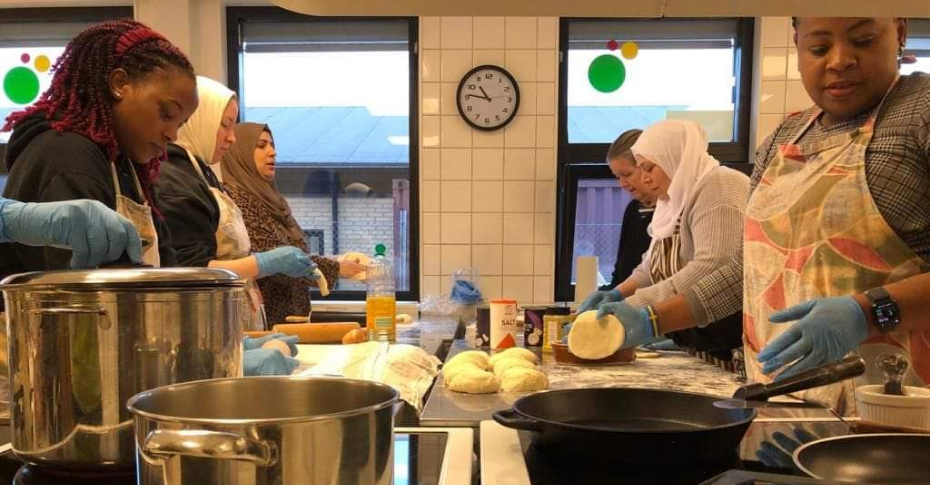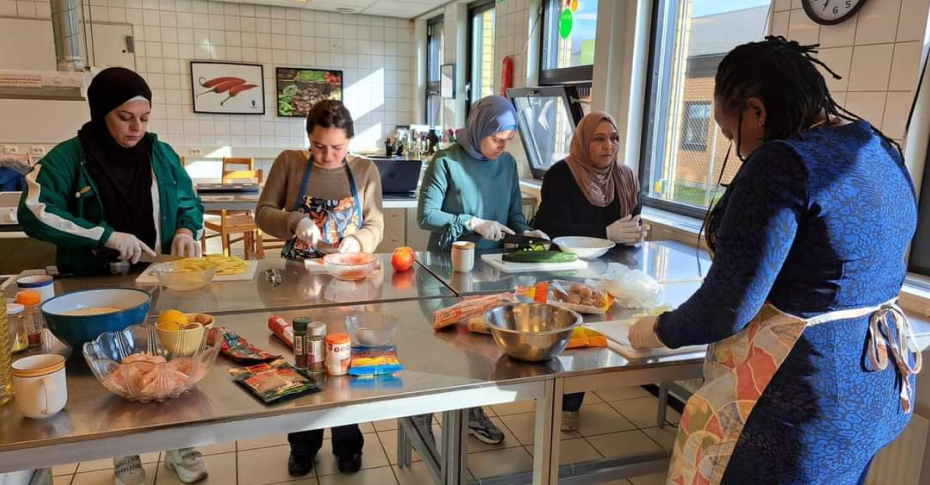Language learning thrives when it extends beyond traditional methods and enters the realm of practical, hands-on experiences. One such enriching approach is learning a language through cooking. This method merges the process of language acquisition with the art of food preparation, offering learners an immersive and interactive environment that helps internalize linguistic concepts while fostering cultural appreciation and interpersonal connections.
Cooking engages multiple senses—sight, sound, touch, smell, and taste—creating a rich and memorable experience. Unlike rote memorization or isolated grammar drills, cooking provides a real-world context for learning. As learners follow recipes, understand instructions, or communicate during the preparation process, they naturally acquire vocabulary, practice pronunciation, and refine comprehension skills. Words and phrases like “whisk,” “chop,” “mix,” and “bake” are no longer abstract terms but practical tools, making them easier to understand and recall.
Moreover, cooking fosters listening and speaking skills in a way that few other activities can. Whether attending a cooking class or working alongside a native speaker, learners are exposed to conversational nuances, accents, and the rhythm of the language. Listening attentively to instructions or seeking clarification provides valuable practice in forming responses and engaging in dialogue. This continuous exchange of language in a relaxed and informal setting allows learners to build confidence while reducing the fear of making mistakes.

One of the most powerful aspects of learning a language through cooking is the cultural immersion it offers. Food is a universal language that speaks to traditions, values, and history. Each recipe carries a cultural story, and by engaging with it, learners gain a deeper understanding of the people and places tied to the language. Preparing traditional dishes offers insights into cultural practices, from regional ingredients to customary dining etiquette. For example, exploring the art of making Italian pasta or Japanese sushi teaches not only culinary techniques but also the cultural significance of hospitality and shared meals.
Cooking also encourages a strong sense of connection. Group cooking sessions are inherently social activities that bring people together. In these shared spaces, learners can interact, communicate, and bond with others, fostering an environment where language flows naturally. Whether it's a casual conversation about ingredients or a discussion about cooking techniques, these interactions help build conversational fluency in a meaningful and enjoyable way.
The repetitive nature of cooking further strengthens the learning process. The repeated actions of measuring, stirring, and seasoning reinforce vocabulary and phrases in a manner that feels organic. Words associated with these actions become ingrained through constant use, making them a natural part of the learner’s vocabulary. This repetitive practice, combined with the hands-on experience, transforms abstract language concepts into tangible, real-world skills.
Ultimately, cooking is more than just preparing food; it is an opportunity to learn, connect, and explore. The process offers language learners a unique pathway to fluency by immersing them in practical application and cultural discovery. It provides an engaging, enjoyable, and highly effective method for acquiring language skills while building a bridge to understanding the culture behind the words. Through the simple act of cooking, language comes alive, fostering growth not just in communication but also in connection and appreciation.
So, the next time you want to learn a new language, consider stepping into our kitchen. It might just be the most flavorful and rewarding classroom you’ve ever experienced.


